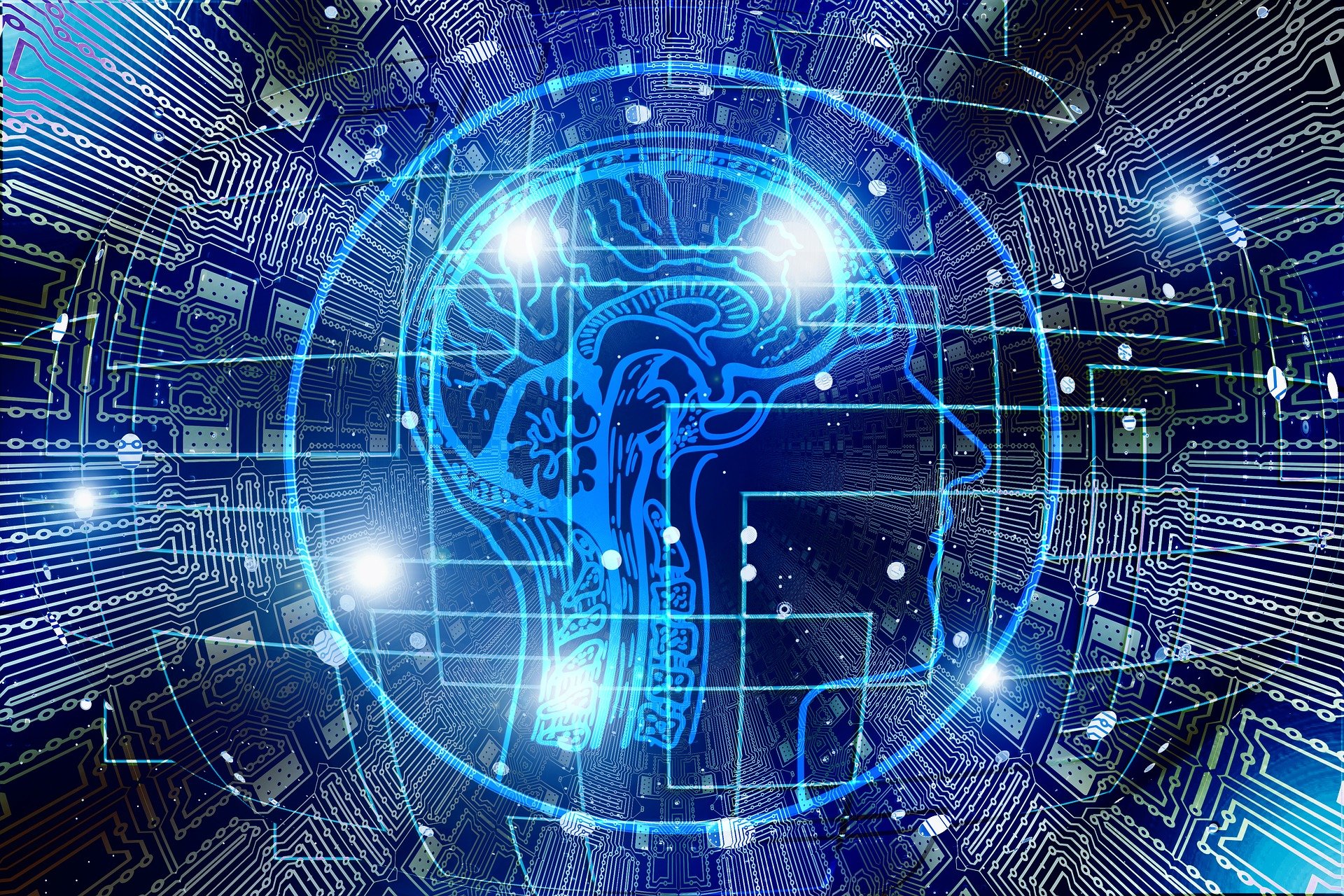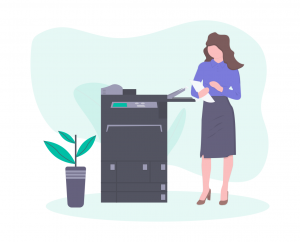
13 Oct How is Computer Vision replacing physical product manuals?
Imagine a situation. You have bought a brand new air conditioner but don’t know how to install it. You also don’t want to let anyone inside your house because of the COVID-19 scare. So, what do you do?
If the situation had arisen a decade ago, you probably had to wait until you could seek help from the customer service centre. However, times have changed and today, Computer Vision lets you install any device with the help of real-time manuals. What do we mean? Well, out of the thousand other things, computer vision can provide you with digital manuals and guide you through every step of installing or repairing a machine.

To understand how robotics and automation can replace a physical manual, you need to understand what computer vision exactly is. Computer vision is a process by which computers can process and analyze digital images or videos to provide an appropriate response. This AI technology is used to “see” chunks of information just like the human eyes do and then provide a solution to any problem. It is the virtual eyes of a computer.
Now let’s see how and why will computer vision replace a typical product manual.
- Convenience
A general service manual just jots down the steps to install or fix equipment but does not address what difficulties a person can face with the machine. It is like a boring textbook that rambles on without shedding any light on practical knowledge. However, computer vision processes and integrates every bit of information about equipment and guides the user through every step of the process.
If you wish to repair equipment on your own, Computer Vision will show you real-time pictures and also give a demo that will help you understand how that machine works and how you should repair it. It is much more convenient than a product manual which gets a little complicated to follow, especially if one is unfamiliar with the equipment they want to install, replace, or repair.
2. Visual representation

You learn faster when you “see” a thing. Computer vision provides you with a live, visual representation of your equipment and also “tells” you about the product, how to use it, and the precautions you should take. The audio-visual impact is what has popularised robotics and automation. Even when you buy Amazon ‘Alexa’, you feel thrilled because of the interaction and seamless applications of the tiny device.
3. Reduced expenditure on man labour
With the industrial growth of our country, every company has to face several challenges and a huge customer load. Hence, every brand tries to focus more on the quality of its products and improving customer experience. However, if you look carefully, employing hundreds of employees in creating a product manual or in the customer support sector drains a huge chunk of a brand’s budget.

To err is human and not all employees know everything about a company’s products. This results in customer dissatisfaction and a pile of complaints from them. It is essential for any brand to maintain a reputation among customers by providing them with excellent services. This is where computer vision comes into play.
With AI technology, computer vision can generate digital manuals and provide the best customer support. It will take customer complaints, process them, and give immediate solutions to any kind of issue. This will prove to be a plus even for the customers because they don’t wish to entertain visitors amidst the pandemic.
4. Reducing paper wastage
According to a survey, 1 billion trees worth of paper is wasted every year in the U.S. Though it is not possible to completely shut down the use of paper, companies can take a step to reduce paper wastage by a substantial amount. A product manual includes at least 10 pages of instructions that no one bothers to read. So basically, for every 100 customers, 1000 pages are simply being wasted.

If you calculate, you can find out the staggering amount of paper waste a company generates every year. Hence, it is a smart decision to switch to computer vision and AI technology. Digital manuals do not need a morsel of paper and are way more appealing to customers. Going digital will benefit the company, the customers, and nature as well. It’s a win-win for everyone.
The keynote
Several companies have taken the initiative to inculcate computer vision for technology development and ease of operation. Automation technology will not only be more convenient but also will enable companies to invest their money in improving their quality of business.

